Hello Galapa-gorgeous!
The joyful shocks and surprising beauty you’ll experience on a tour of the Galapagos Islands.

4min read
Published 23 November 2023
The joyful shocks and surprising beauty you’ll experience on a tour of the Galapagos Islands.
Get ready for the joyful shocks and surprising beauty you’ll experience on a tour of the Galapagos Islands.
“Oh hello!” is the exclamation I often make reflexively whenever I’m pleasantly surprised by something.
Over the course of a week in the Galapagos I probably exclaimed “oh hello!” more times than I would in a standard year. It’d pop out of my mouth during hikes on the islands, admiring the outlook from our ship, even underwater with a snorkel in my mouth.
I was surprised to be so surprised. I’d done lots of research before the trip, spoken to friends who’ve been there, watched the David Attenborough documentaries twice. I’ve fantasised about visiting since I was a kid, and was prepared to be impressed, awed, and emotional. I didn’t expect so much astonishment each day, but I certainly welcomed it.
I don’t think this article needs to come with a *spoiler alert*. I doubt anything could spoil a trip to the “Enchanted Islands”, and this is intended as a list of things you really must see and experience for yourself. They’re surprises you really can’t be prepared for and moments that’ll have you exclaiming “oh hello!”.
Here’s what I found delightfully surprising on my five-night tour of the Galapagos with G Adventures on the Eden.
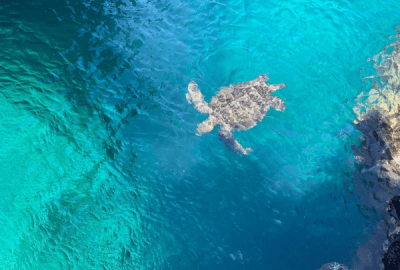
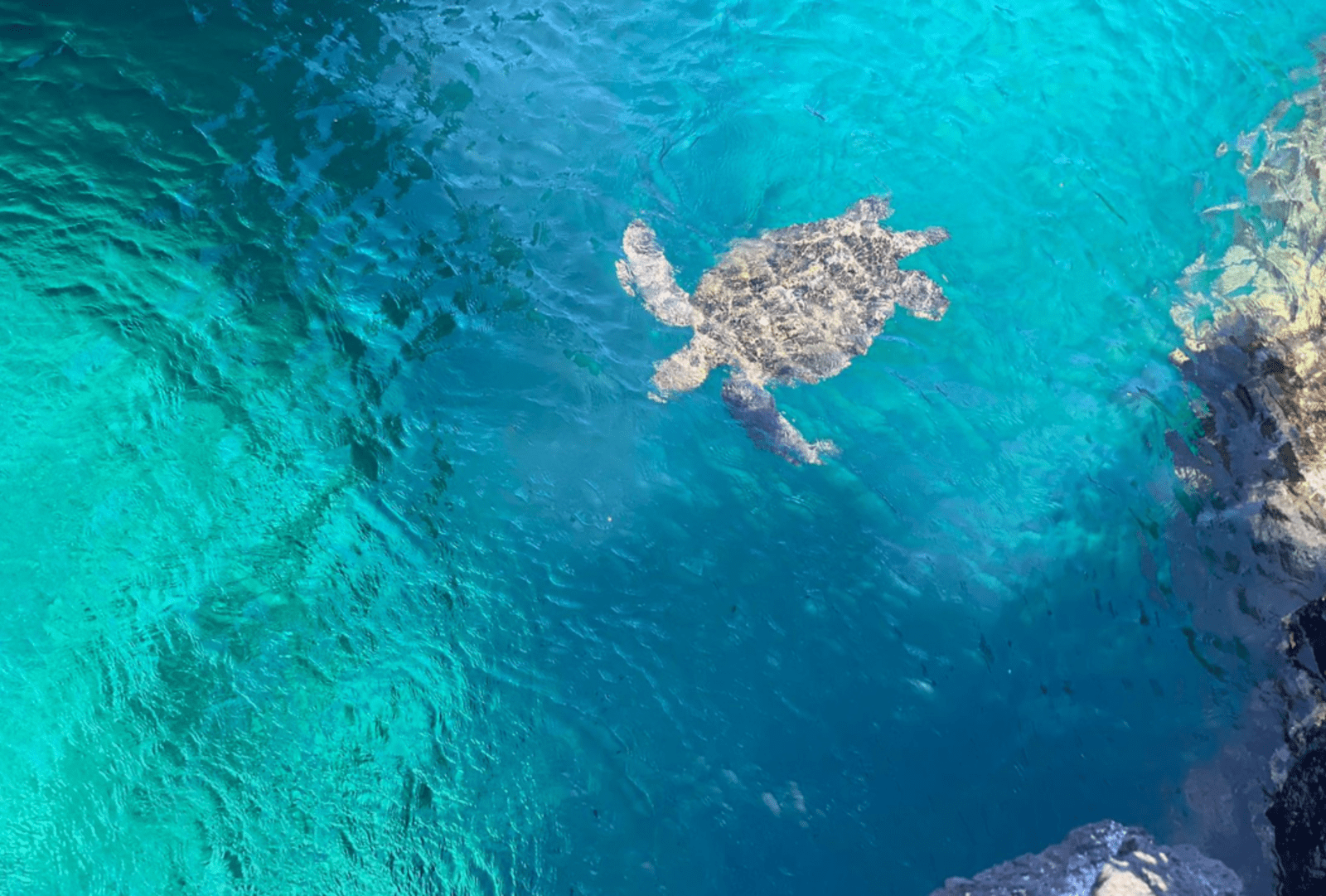

The Wildlife Really Is Unlike Anything You’ve Seen (And You Really Can Get Up Close!)
The Galapagos Islands are most famous for the iconic fauna that’s evolved there over the last five million-ish years. The archipelago’s named after the giant tortoises that call it home (galápago means tortoise in Spanish), a fun fact that makes even more sense when you see the domed volcanic islands from sea level and realise how closely they resemble tortoise shells.
There are 9000+ species of animals in the area, many of which are endemic, meaning they aren’t found anywhere else on the planet. And they all arrived by chance.
The islands are all the product of huge volcanic eruptions that happened at the junction of three tectonic plates deep under the Pacific Ocean, the “Galapagos hotspot”. Each of the 18 major and 109 minor islands are the peaks of submerged mountains, the oldest of which popped out of the ocean around five million years ago.
The freshly formed islands were devoid of life at first, and then over the course of millennia various plants and critters from the mainland chanced upon these strange new lands 1000km off the coast of Ecuador (roughly the distance between Sydney and Brisbane) and made it their home.
The birds arrived by air, possibly by accidentally flying off course (except the penguins that floated from Antarctica on ice floes). The reptiles simply fell asleep on logs that drifted out to sea and washed up on these distant shores. They populated the islands, created unique, diverse ecosystems, and evolved into entirely new species over the course of generations.
Humans didn’t arrive until about 500 years ago, meaning the animals haven’t had time to develop a sense of trepidation around us. At times they’re mildly curious of people they encounter, but a lot of the time they’re just completely nonplussed and go fearlessly about their business. That nonchalance makes this the best environment on earth to closely observe wild animals living their day-to-day lives.
The #1 rule in the Galapagos is that you must stay at least two metres away from the animals at all times. It’s a rule that’s often tricky to follow because the place is teaming with life (watch your step, iguanas are everywhere), and the animals are the ones who encroach on your personal space, particularly in the water.
On our tour we did five snorkelling expeditions in some of the most remote areas of the islands. We were all thrilled by how much activity we got to see each time we entered the sea, starting from the moment we rolled off the boats.

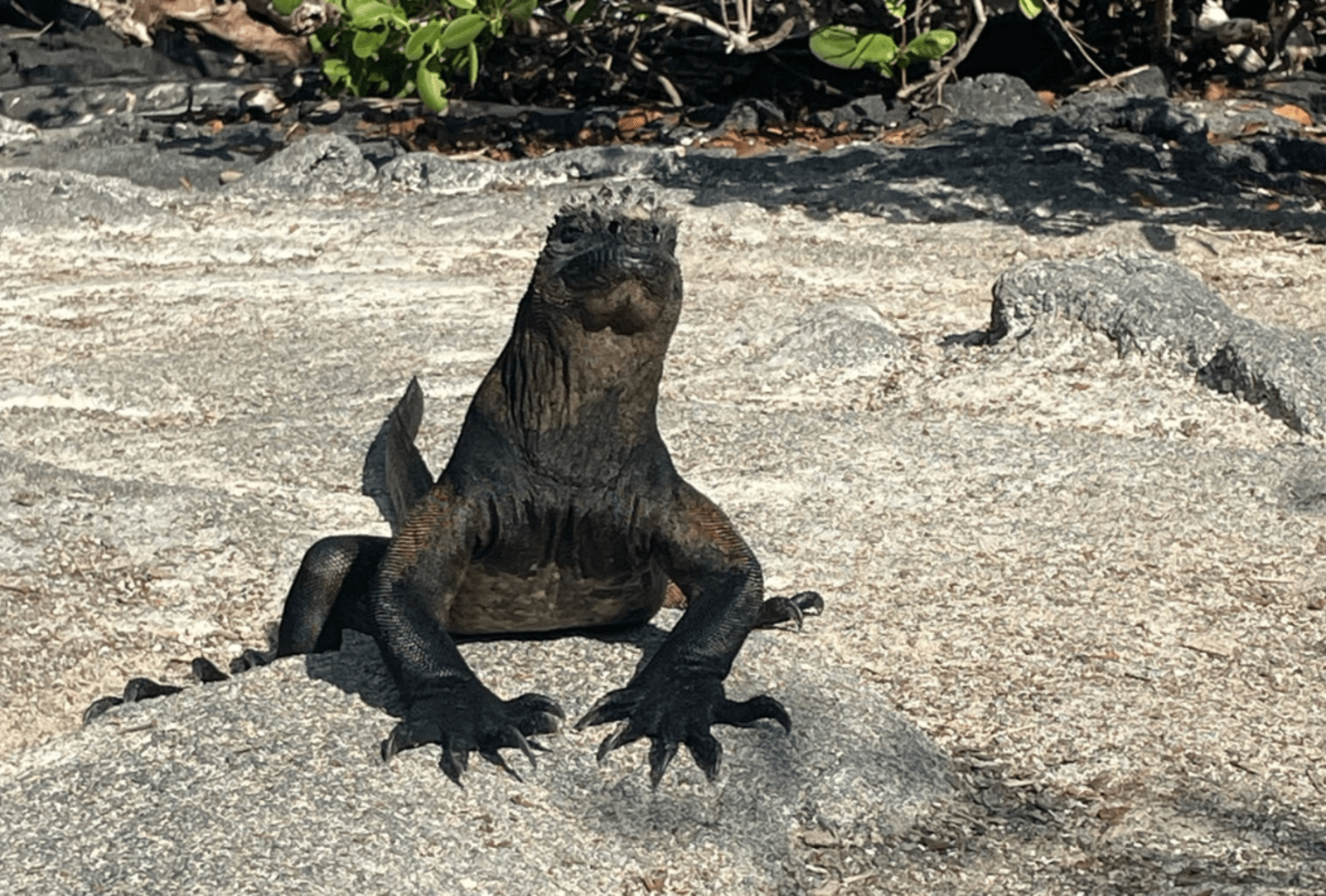

A Lot Of The Action Is Happening Under The Surface
When gushing about the Galapagos to my friends I’ve kicked off with this description of snorkelling in Tagus Cove on Isabela Island.
Immediately after submerging, as the bubbles cleared, I was stunned to see the most enormous green sea turtle I’ve ever encountered (“oh hello!”). She just casually meandered past me.
Seconds later, while I was marvelling at her size, a flightless cormorant dove past my shoulder, vanishing into the depths. I followed until I ran low on air, surfaced, and came face to face with a sea lion. I waved hello. It danced around me, occasionally returning to make eye contact and check I was still watching its performance. Another sea lion joined us for a few minutes, then they swam off together as a tropical penguin plunged past my face. And then another, followed by a third, which swam circles around me.
The penguins darted about, playfully chasing a school of small, multicoloured fish before picking a fight with some blue, dome-headed hogfish triple their size. A white-tipped reef shark passed by, ignoring the scrimmage and ignoring me.
From the corner of my eye I glimpsed a marine iguana chomping on seaweed about three metres below the surface, right next to a field of starfish. I surfaced with him a few minutes later, and when I looked up at the cliff above me a group of blue-footed boobies were looking back at me.
All of that took place in just a few magical minutes that made the entire trip worth it. I’m still surprised at how relaxed the animals are, particularly the sea creatures.
The Diversity Of Habitats Is Mind-blowing
Relatively speaking, Galapagos is a small part of the world, but these islands are home to an amount of microclimates and ecosystems that rivals some of the biggest continents.
On our tour through the Galapagos we only visited five of the 18 major islands, but were immersed in dozens of different habitats. One day, I hope to visit every single one of the islands, but even in this condensed area alone we were stunned by the diversity. In the same day we visited a drizzly rainforest, a scorching desert, and a tropical beach.
Over the course of five days we paddled through a peaceful mangrove forest where the water was clear enough to see spotted rays glide below us (hello!). We tried our best not to disturb the sea lions we found sleeping on the mangroves’ branches that stretched out over the turtles swimming below.
We hiked to the Sierra Negra crater, then crossed the surrounding lava field dotted with flamingo-friendly lagoons. We wandered around grottos filled with mounds of grizzly-looking iguanas. We strolled through a wetland, along a black sand beach, then a red sand beach. We even went underground and explored a lava tube located beneath a sanctuary for giant tortoises.
Our time was short, but every day was crammed with variety, activity, beauty, wonder, and (of course) many surprises.
The Place Is So… New
Charles Darwin, the man who brought the islands and their wildlife to fame, called the Galapagos “the land of craters”, and 13 of those craters are active. Eruptions still happen as the tectonic plates shift eastward, meaning the islands in the west are constantly evolving along with their inhabitants.
These islands are some of the newest places on our planet, and they’re still growing. To visit the Galapagos is to witness a moment in time. The landscape is in a constant state of flux, and the animals are adapting.
It’s life in motion, and death too. Some of the oldest islands in the east are slowly sinking as new ones emerge in the west. One day, future generations will be visiting a very different archipelago.
Our lifespans are short, but this big old orb we’re spinning on has been here for a long time, and will continue spinning and changing long after we’re gone. It’s a privilege to witness it changing in real time.
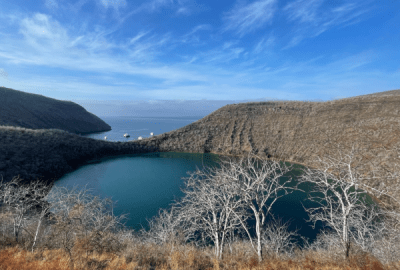
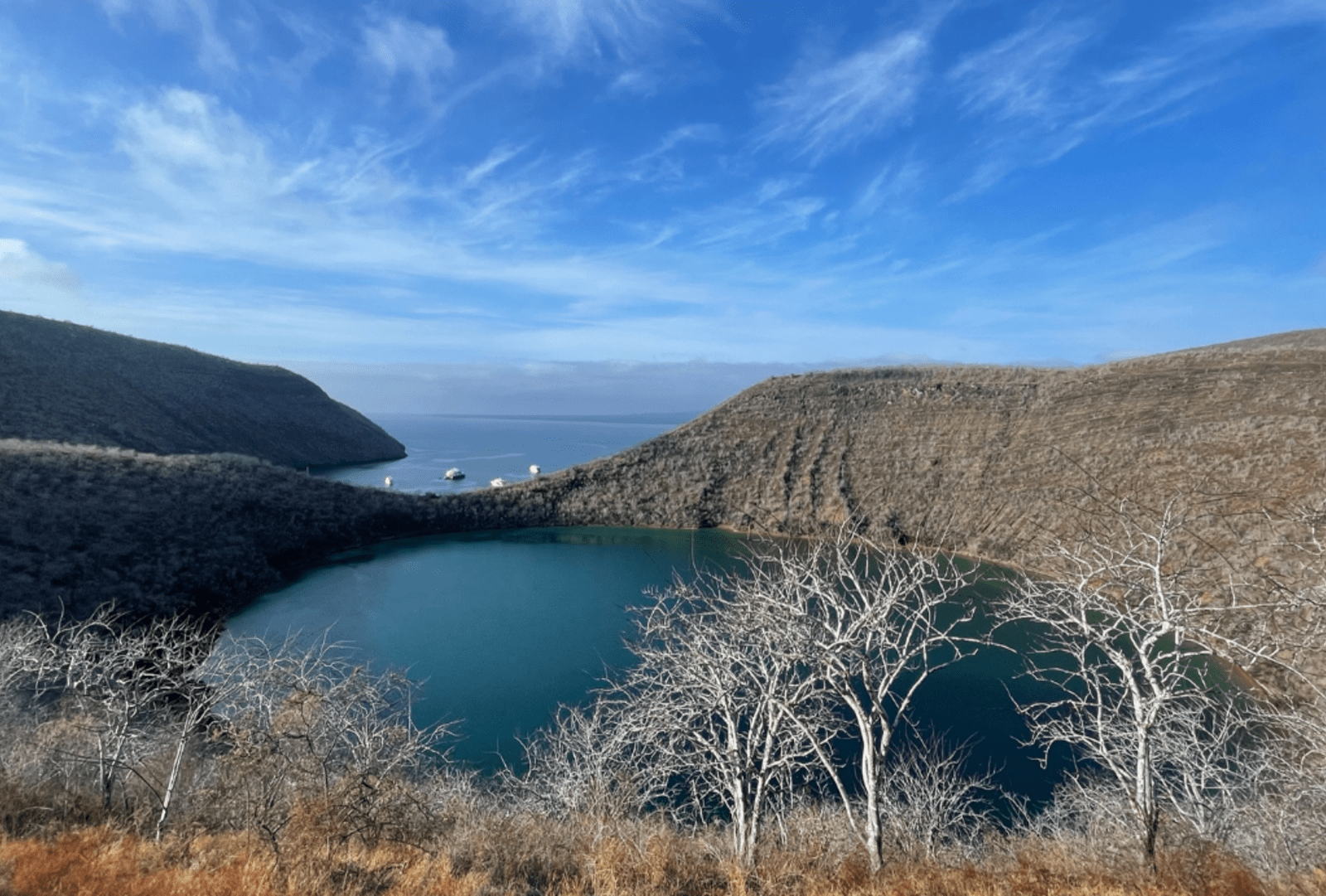

The Galapagos Effect Makes People Giddy
The Galapagos brought out every traveller’s inner child. I first noticed this phenomenon when we disembarked the plane and started spotting iguanas on the ground and frigate birds circling above. No-one could contain their joy and excitement just to be there.
Our group consisted of people in their 30s, 40s, 50s and 60s, even an 85 year old adventure-nan from Sydney. Multiple times a day I’d smile as we all, regardless of age, overflowed with child-like wonder and exhilaration. Towelling off after each snorkelling trip we couldn’t get the words out fast enough when describing the sights we’d seen.
The Galapagos is fun for all ages.
The Area Is Very Well Managed
With so many fragile ecosystems in an area that’s very popular with travellers, there’s a risk that nature will be disrupted, damaged or destroyed by over-tourism.
To prevent the demise of the Galapagos, 97% of the area’s designated as a protected national park, and a UNESCO world heritage site. There are settlements and farmlands (about 30 000 people call Galapagos home, and I’m envious of them all) on four of the islands where visitors can roam freely, but whenever travellers venture outside those areas they must always be accompanied by a certified naturalist guide. These guides don’t just provide fascinating insights into the history, geography, and biology of the islands, they also make sure everyone is mindful of the critically important rules in place that help keep the islands pristine.
270 000 people visited the islands in 2022, and the national park is doing a fantastic job allocating the sites each tour group can visit, at what time, and for what purpose. It’s a relief to see how much effort is being made to ensure the Galapagos can continue to recover from the first few centuries of human destruction and go on to thrive.
It’s also nice to be so far away from crowds and so deeply immersed in nature.
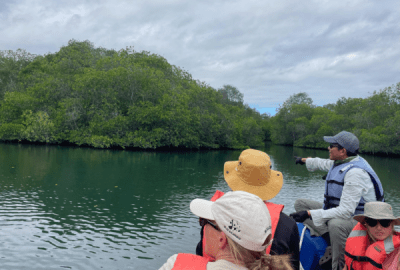
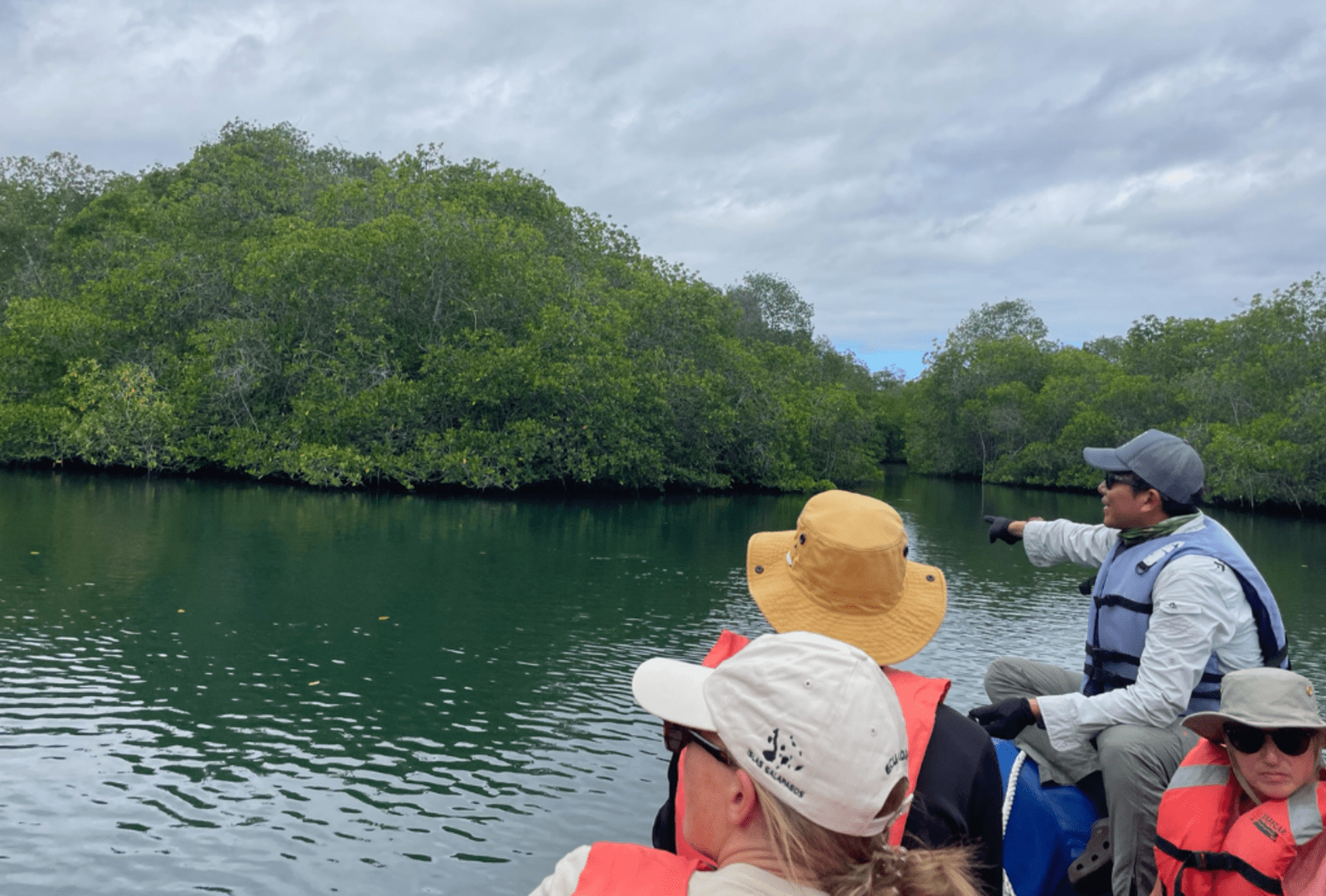

A Live-aboard Is The Best Option
There’s no *wrong* way to experience the Galapagos. Choose whatever tour is right for you, of course. I can only speak from experience when I say choosing a sea-based tour, rather than a land-based one, was a good call.
The advantages of doing a tour like we did on the Eden:
- We got the travel out of the way overnight, and woke up in a different bay every morning. Much of the hopping between the islands (which are further apart than I’d imagined, another fun surprise) happened while we were sleeping. It was surprisingly peaceful to be rocked asleep by the motion of the ocean each night. Then we’d rise with the sun, open our cabin doors, and take in a new vista, sometimes featuring dolphins splashing about just metres from our beds.
- We had access to very remote parts of the islands that are reserved for live-aboard tours to take their guests. You’ll see many far-flung places like Fernandina and Rabida Islands, which land-based tours miss.
- We only had to unpack once, as opposed to checking in and out of hotels.
- The fun and discovery could begin the moment we finished breakfast each day, and being on a small boat with only 16 passengers meant it was easy to get everyone ashore or into the water.
- Watching the sun lower from the prow of the boat as we passed by the spectacular islets and islands each evening was bliss. Sailing through the water, spotting wildlife and sipping cocktails was the best way to end each day of surprising discoveries.
Ready to be surprised by the Galapagos? Talk to one of our travel experts. Visit us in store, chat online, or call 1888 234 3022.
I can’t wait to go back for more, so I might see you there.
G Adventures operate three boats in the Galapagos. In order of luxury, they are Eden, Yolita II, and Reina Silvia
They also run a variety of land-based tours. A friend of mine gave the Snorkelling and Sea Lions tour a rave review.
Get ready for the trip of a lifetime. Discover an adventure tour deal here
Site quick links
Help & support
Flight Centre acknowledges the Traditional Custodians of Country throughout Australia.
© Flight Centre Travel Group Limited. ATIA Accreditation No. A10412.
*Travel restrictions & conditions apply. Review any specific conditions stated and our general terms at Terms and Conditions. Prices & taxes are correct as at the date of publication & are subject to availability and change without notice. Prices quoted are on sale until the dates specified unless otherwise stated or sold out prior. Prices are per person.





